




Questions and Answers
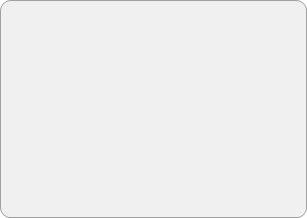
General comments about our computer generated wind turbine plans
This page is intended to help with common questions about our plans for wind turbine blades. The blade calculator will design blades for a generator you already own or have built.
The assembly of chord shapes is in numerical order, with the lowest chord number closest to the center and the highest chord number at the tip of the blade.
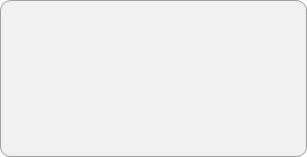
We have 3 Question and Answers pages dedicated to specific topics
Topic 1
Topic 2
Topic 3

Topic 2: Design Questions
Ⅱ
Question 1 (after purchase & delivery)
Hi Warlock, I bought some plans off you a short while ago and my blades are looking really good. Now this might seem like a silly question, but there is a small lingering doubt in regards to the direction of rotation.
Does the 'lift' face of the aerofoil face into or away from the wind?
Any info here would be most appreciated!
Regards, Chris
Regards, Chris
Question 1: Answer
Our 2 bladed projects have used a normal camber (leading edge is the rounded edge) and we have tried an inverse camber for the 3 bladed example (leading edge is the sharp edge). In all cases the side of the blade with the more shallow camber is facing the wind. The blade will actually spin if it is put on the wrong way, but only due to drag and will never start to generate lift.
I also enjoyed this simple wind tunnel experiment.
Your first turbine will look odd......you're probably going to build it and put it on in both orientations and that really is the best thing to do. Even if it takes off like a rocket, see what it does when it gets hit with a gust of wind from behind by trying the opposite way, be careful of electronics when doing so.
At design TSR of 8, you can expect a big change in turbine speed over the range from TSR 6 to 9. The turbine will literally take off like a plane propeller and you need to be able to measure large changes in open circuit voltage with small changes in wind speed. A brake is essential for this and we found that applying a much higher load (or dump-load) or pulsing a short circuit on the coils was most effective to slow the turbine if it was spinning too fast.
Question 2
Also, what about the efficiency? Moving to lower efficiency, what changes on the blades?
Question 2: Answer
The lower angle of attack will help with startup, generating power at lower wind speeds, efficiency is lost in manufacturing, choosing the size of the blades that can be built accurately will increase the efficiency. Also make sure that the finished surface is smooth.
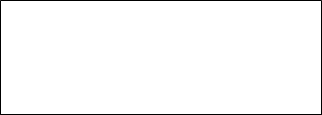
ADVERTISEMENT
Question 3 (after purchase & delivery)
Question 3: Answer
The wind turbine blade cross-section are generated in Portable Document Format. This allows the wind turbine plans to be printed to scale with free software. It was decided not to generate in AutoCAD as it is not free. Unfortunately, there is no easy way to convert PDF to ACAD format.
Question 4 (after purchase & delivery)
I get different beta angles when using the Wind Turbine Blade Calculator on your site than the one mentioned in the data sheet you sent me for the following turbine:
For example, at 50mm (0.05m) the site lists an angle for beta = 37.6 deg. In the specs sheet you sent me, the corresponding angle is 4.875 deg.
Why this difference? Am I missing something?
Why this difference? Am I missing something?
Question 4: Answer
You might have noticed in the plans that chord sections 1, 2 and 3 progressively taper back to an angle of 0 degrees as the blade approaches the hub, as well as a gradual reduction in chord size. This is necessary to attach the blade to the hub or directly to a generator.
| Radius (m) | Chord (m) | Beta (deg.) |
| 0.05 | 0.224 | 37.6 |
| 0.1 | 0.112 | 19.5 |
| 0.15 | 0.075 | 11.6 |
| 0.2 | 0.056 | 7.4 |
| 0.25 | 0.045 | 4.8 |
| 0.3 | 0.037 | 3 |
| 0.35 | 0.032 | 1.7 |
| 0.4 | 0.028 | 0.8 |
| 0.45 | 0.025 | 0 |
| 0.5 | 0.022 | -0.6 |
The 'theoretical' chord size is calculated using our software on;
www.warlock.com.au/bladecalc-abstract.htm
www.warlock.com.au/bladecalc-abstract.htm
The 'theoretical' chord size for the second row matches 'chord section 4' in your plans. This is the largest chord used for this blade. The chord sections from chord 4 to 20 are also exactly the same as the ones calculated on the web page.
In practice, the remaining chord at 0.05 m is usually found to be too large to incorporate into the blade as it prevents it from easily being attached to the generator. For this reason, the 'practical' chord size and angle close to the generator are different from the 'theoretical' ones found by calculation.
Hope this helps
PS: If you wish us to provide the chord sections 1 to 3 at their theoretically calculated sizes and angles we would be happy to do so at no charge. It may require 28 days for manuscript editing but it is possible.
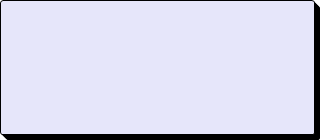
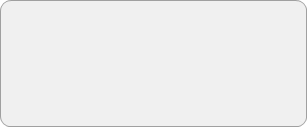

Continue to Q&A Topic 3.....


Frequently asked questions about plan orders, blade design, electrical work and generator matching can be found on our Q&A pages.

Electrical Questions

Next
Page
Page
TSR = 6
Blades = 3
Efficiency = 0.35
Wind speed = 14.4 km/h
Blade length = 4.2m
Blades = 3
Efficiency = 0.35
Wind speed = 14.4 km/h
Blade length = 4.2m
A good (and serious) starting point to look at the effects of lift is;
http://www.grc.nasa.gov//WWW/k-12/Foilsim/index.html and its surrounding contents.
http://www.grc.nasa.gov//WWW/k-12/Foilsim/index.html and its surrounding contents.
... when choosing lower TSR,
the angle of attack for the various blade airfoil sections increases?
the angle of attack for the various blade airfoil sections increases?
Many thanks in advance for your feedback,
Michael.
Michael.
Can you please send us only in ACAD format via this email?
Thank you. Regards, Besnik
Thank you. Regards, Besnik
P.S. Make sure the root of the blade (first 1/3 from the hub) is reinforced well



